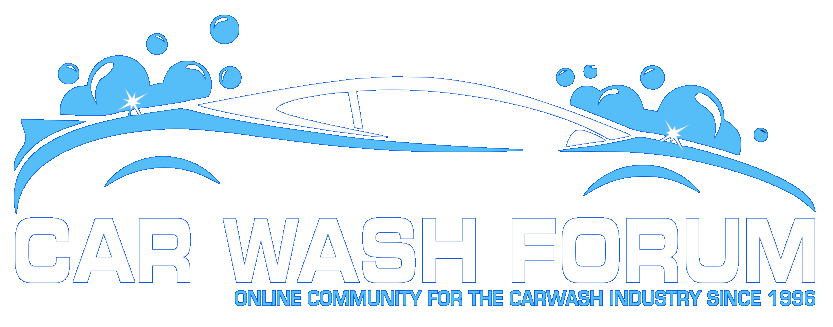As far as sizing - as mentioned above get a handle on your typical maximum gpm demand, and your water hardness (either in ppm or grains per gallon). The fact that you are on municipal water typically takes other potential complicating contaminants off the table (e.g., iron, manganese). Also determine the diameter of the pipe feeding the softener(s). Your softener vendor can take it from there as far as the sizing goes. Your water utility can provide you a copy of their annual Consumer Confidence Report (typically also available online as well). Additionally, if you get through to their water quality lab, they can also provide you a mountain of data regarding the results of the many many other tests they routinely conduct.
The purpose of a twin alternating softener is to provide uninterrupted soft water 24/7/365. A typical single tank softener will bypass hard water for the ~1.5 hours it's in a regeneration. In most cases we recommend a twin alternating softener when the softener will be supplying an RO system.
For most softeners (there are exceptions - culligan comes to mind) the threads at the top of the tank are standard (2.5" or 4.5" - 8 tpi ) so you can typically unscrew an old softener valve and screw on a new one. Or you may have a clamp on style. Changes to the plumbing configuration will likely be required. As long as your tanks don't have physical damage, I'd probably just empty the old tanks, sanitize them, and put in a new riser/laterals and media. New tanks come often come with a 10 year warranty. They are tough as nails in terms of withstanding internal water pressure, but they can't handle any sort of side impact or vacuum. If there is any potential for a vacuum anywhere in the system make sure you also have a vacuum breaker.
Don't forget to give your brine tank some love. The tank itself is likely in reasonable shape, but check the internals, especially the brine valve and air check valve. Of course you'll want to empty out the brine tank and clean it out.
Russ





